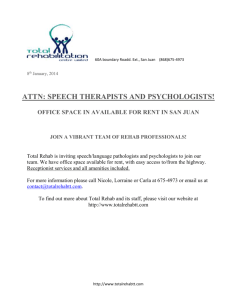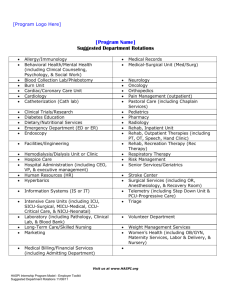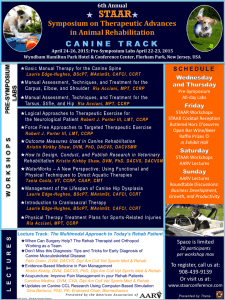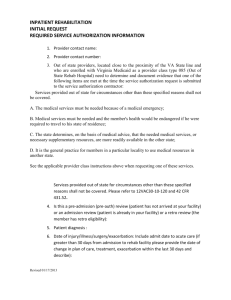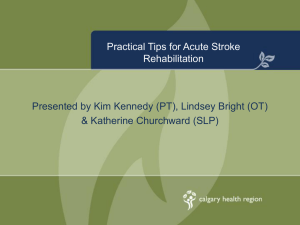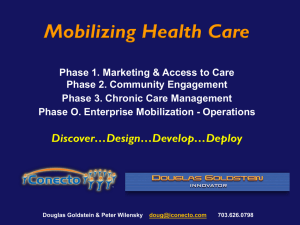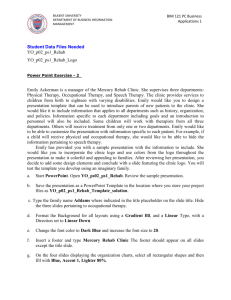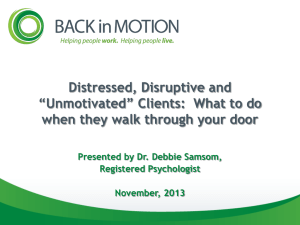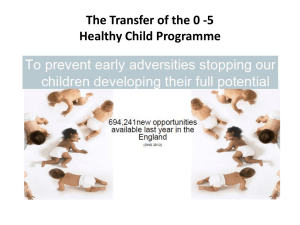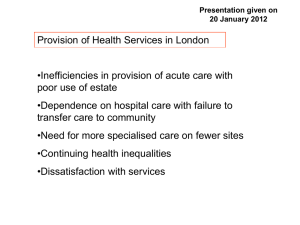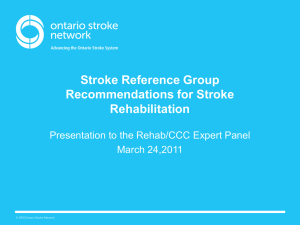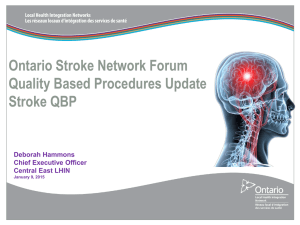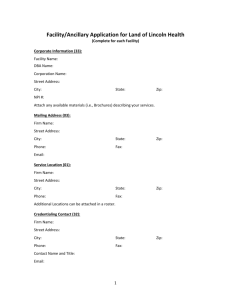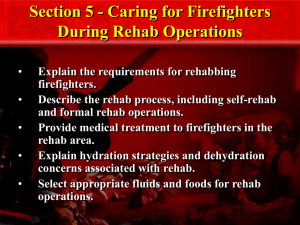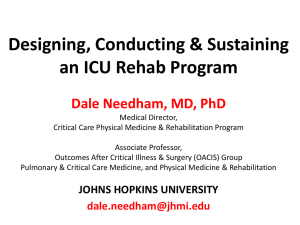Stroke Services – Community Rehab
advertisement
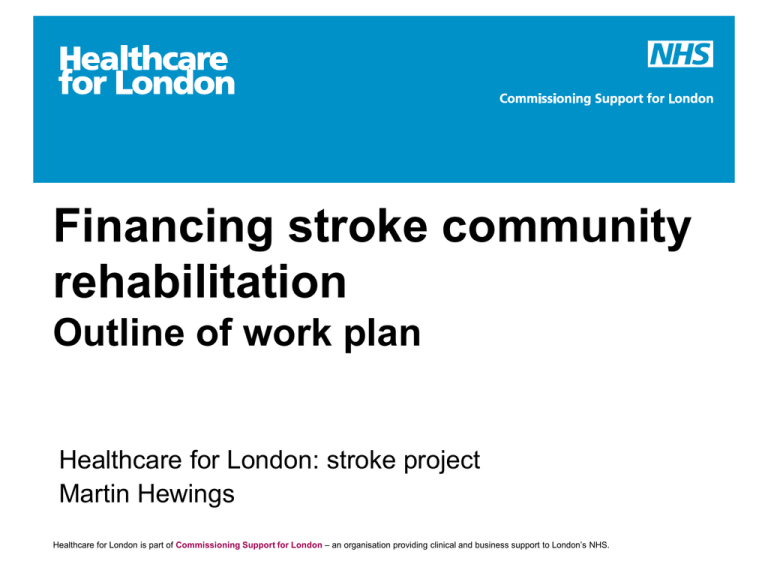
Financing stroke community rehabilitation Outline of work plan Healthcare for London: stroke project Martin Hewings Healthcare for London is part of Commissioning Support for London – an organisation providing clinical and business support to London’s NHS. Remit Support the HfL stroke rehab team by: • Understanding how best practise community rehab has been commissioned and funded; • Understanding the financial (and other) benefits of such services; • Drawing lessons from the examples that could be used by other PCTs Methodology 1 Establishing good practice across London & elsewhere; • Covering: – – – – Community Rehab; Early Support Discharge; Support worker/designated person; Defined review. Methodology (2) • To answer the following questions: – Is an incremental approach to investment possible? – Are there financial benefits from investment and where do they sit? – How have PCTs funded these services? – Can ranking of investments options be made on financial grounds? Findings so far 1. There are significant areas of good clinical practice; BUT not so many examples of good commissioning & financial practice; 2. The Comprehensive Review of Stroke Rehab services across South London IS very comprehensive and a robust model; BUT a number of the assumptions have been challenged including: Findings so far (2) • Is 45 minute average travel time for each patient high? • Is community rehab suitable for all stroke victims? • Could the clinical care be undertaken by less qualified staff? • Do polyclinics have a role to play in delivering rehab services? The perception is that changing these assumptions could have a significant impact on the financial outcome of the model. Findings so far (3) • Research elsewhere supports investment in community rehab services: – North Lincs PCT made savings of approx £750k on introduction of an outreach rehab service: – Mc Nee research suggests savings of £325 per patient on implementation of ESD; – Beech, Rudd & others suggest savings of £632 per patient on implementation of ESD; – Additional evidence being sought from NHS Hampshire, Manchester, Coventry & Solihull. Further work required 1. Identify more examples of good clinical / commissioning practice. Understand how funded; 2. Consider updating South London Comprehensive review for revised assumptions; 3. Look further at commissioning, particularly Joint Commissioning, to ensure full costs & savings are identified. Conclusions to be reached on: 1. Incremental approach to investing; 2. Identify financial benefits from investment, wherever they sit & over whatever timescale; 3. Consider a ranking of investment options on financial grounds; 4. Review methods of financing developments. Interim Conclusion • On the basis of the work completed to date it would seem that: – Community based stroke rehabilitation services can be financially viable and cost effective. – The underlying issue is how to free up resources to invest in the services.
